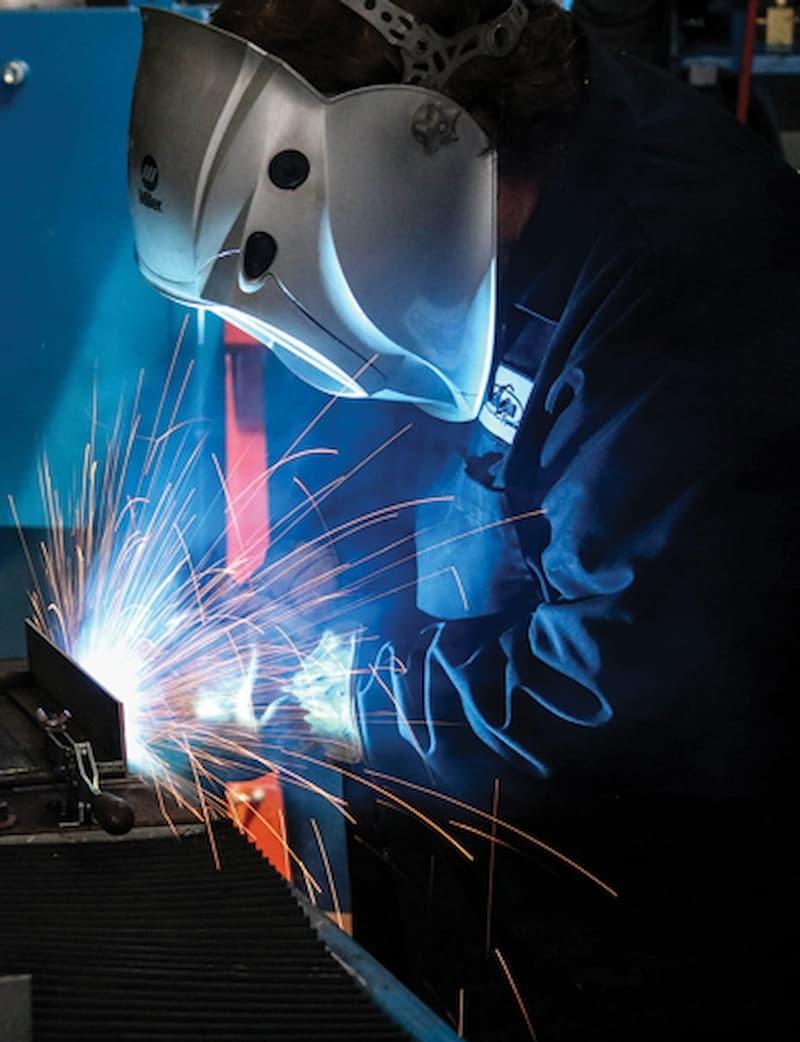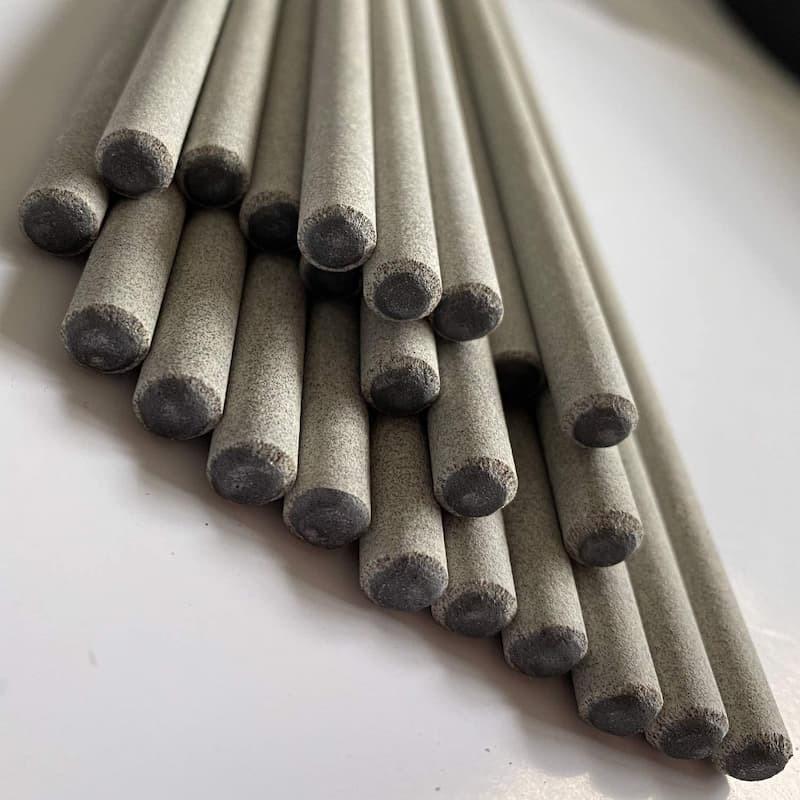Joining metal pieces together is truly best done by welding them together. Welding is a fabrication process where heat and pressure both work together to fuse metal parts. Although welding can be used to join other materials such as wood and plastic, metal seems to be the most common. But because there are different types of metals there are also different types of welding processes.
These are GTAW, SMAW, oxy-fuel welding, arc welding, GMAW, electric resistance welding and so on. Each of these techniques makes it easy to work with certain materials and to create certain structures that are otherwise impossible or hard to do with a different technique. But welding isn't all about how workpieces are joined, welding electrodes, the glue in this case, are also quite important.
What to Look for in Welding Wires
Feed Quality

Since there are numerous types of welding wires being made by different manufacturers not all of them have great feed quality. Also known as a welding rod, a quality welding wire will not jam and damage the liner or kink up the spool. A proper wire will not wad and it will seamlessly go through the torch lead. A poor quality wire can also end up breaking your welder.
Spatter & Flow
More affordable wires are able to produce quite a lot of spatter but having no spatter is something that is hard to achieve. Spatter refers to the bits of metal that spray around your welding area when welding. This is normal but only in small quantities. Remember, high-quality wires will allow you to work without changing your settings and produce minimal spatter. The flow of a welding rod is something that should be on your mind. There are some wires that make it easy to push or pull the weld puddle. But you should be looking for a quick-melting wire but also one that has a predictable flow so that you can work the weld puddle.
Numbers & Letters

There are also certain specifications you should look for when searching for welding electrodes. For example, the letter “E” means that you should use the wire as an electrode by feeding it through the nozzle. “T” means that the wire is a flux core wire and also self-shielded. “GS” means the wire is meant to be used in single-pass welds. A wire with the number 1 on it is one that can be used for all welding applications. A number 7 wire means that it has a tensile strength above 4820 bar. A wire with the number 11 on it supports DC polarity and multi-pass welding.
Types of Welding Wires
Solid GMAW
With solid GMAW wires, you're able to work on out-of-position welding but they do require a shielding gas. GMAW wires do not deoxidise as much and thus do not affect the shape of the bead or travel speeds. They are used in high-strength, low-alloy applications but require you to be quite selective when choosing a solid GMAW wire. In high-strength, low-alloy applications you would need a solid steel GMAW wire.
Gas-Shielded

A gas-shielded FCAW wire is one that is quite tolerant when it comes to welding dirty base metal. Because of its flux and the use of a shielding gas this type of welding wire has an added layer of atmospheric protection. FCAW welding wires are able to achieve good melancholic properties thanks to slagging agents being added to their core. This means that gas-shielded FCAW wires can be used in many high-strength, low-alloy applications too.
Metal-Cored
These tubular electrodes with metallic components are able to produce a slagless weld. These welds often require either very little or no clean up at all. Metal-cored wires have similar characteristics as solid GMAW wires. These include the use in high-strength, low-alloy applications as well as the capability to use them for out-of-position welding.
Although the latter is not a common practice it is however possible. Metal-cored wires can provide improved wetting and a flatter bead shape but only on a plate with a mill scale. You can definitely increase your productivity because of the faster travel speed and low spatter levels of metal-cored wires.
Cellulosic

These welding electrodes are able to weld vertically downwards and have a smaller weld pool. This is thanks to the coating on them which is made from organic materials with the main one being cellulose alongside wood powder and paper pulp. You can also find some covered entirely in pure cellulose.
You get deep penetration and the ability to weld metal with good mechanical properties. In some cases, cellulosic wires are able to penetrate up to 70% deeper than electrodes with the same current values.
Low Hydrogen
With low hydrogen electrodes, you are able to get good deposition and penetration, low spatter levels and good fusion. This is because low hydrogen wires are made with a moisture level of less than 0.6%. More conventional wires, including cellulosic ones, have moisture levels between 4% and 6%. You also get a smooth and stable arc that doesn't generate a lot of noise. This makes low hydrogen electrodes great for beginners to learn with but also for experienced welder.
